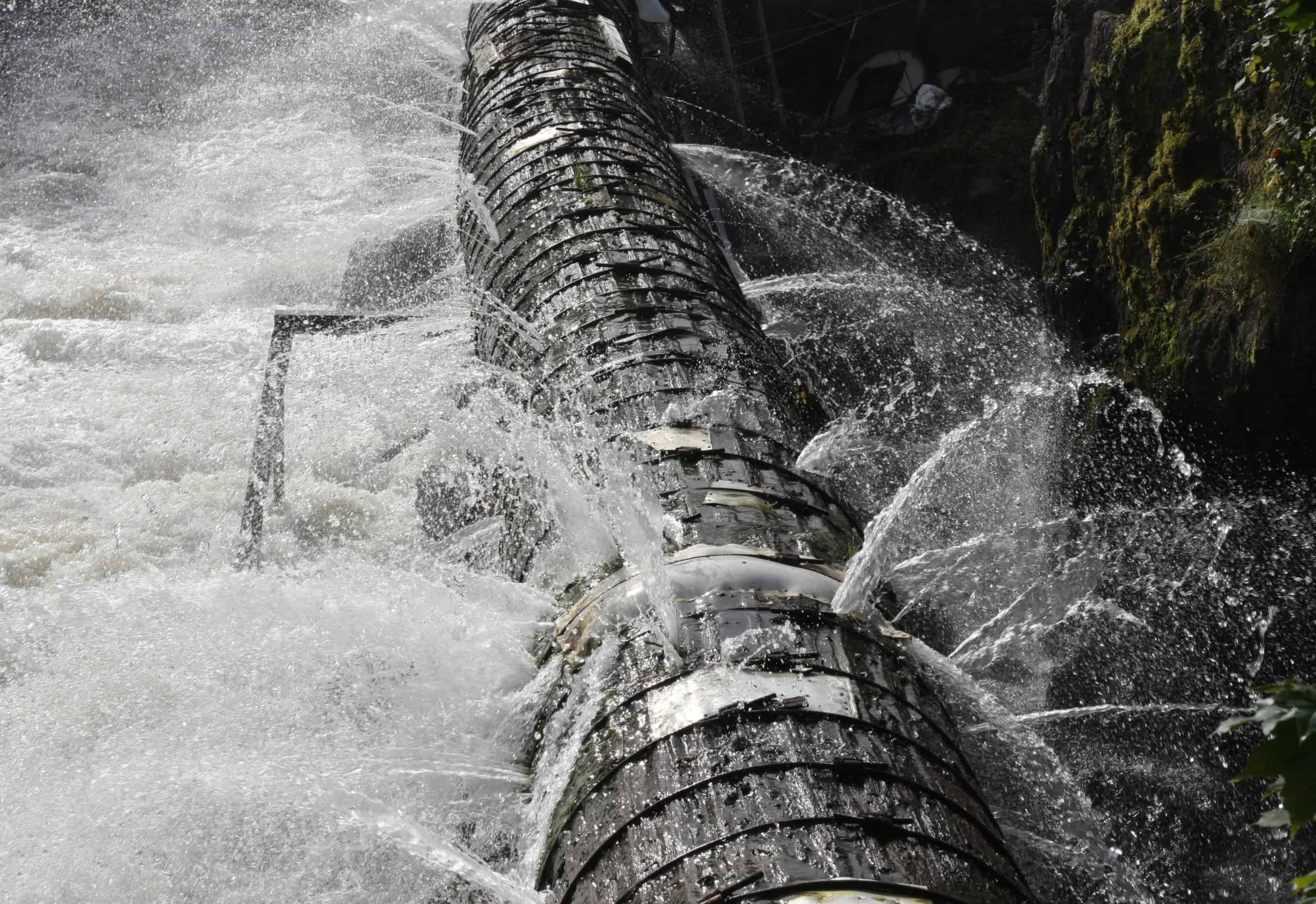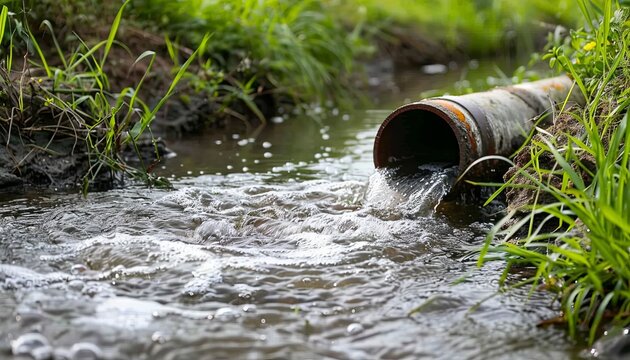Understanding the Causes of a Burst Pipe and How to Prevent It
Understanding the Causes of a Burst Pipe and How to Prevent It
Blog Article
Protecting Against Ruptured Pipes: Crucial Tips to Safeguard Your Pipes
Stopping burst pipelines is a vital problem for home owners, specifically throughout chillier months when the danger of freezing is enhanced. Applying calculated steps such as proper insulation, regular examinations, and keeping constant indoor temperature levels can substantially decrease the possibility of pipeline failing.
Understand Pipe Vulnerabilities
Recognizing pipeline vulnerabilities is essential for reliable plumbing upkeep and protecting against expensive damages. Numerous elements add to the sensitivity of pipes to ruptureds, consisting of material make-up, age, and environmental problems. Older pipes, specifically those made from galvanized steel or polybutylene, usually break down in time, bring about raised danger of ruptures and leaks.
Temperature level changes can also dramatically impact pipe stability. In cooler climates, water entraped in pipes can ice up, expanding and putting in pressure on the pipeline walls, which may inevitably lead to a burst. Furthermore, high water stress can stress pipes, especially at bends and joints, enhancing the possibility of failure.

Insulate Piping Correctly
Correct insulation of pipelines is critical for avoiding cold and subsequent ruptureds during winter (burst pipe). Shielding your plumbing system successfully safeguards against temperature level goes down that can cause expensive damages. Begin by recognizing vulnerable areas where pipes are exposed to outside temperatures, such as cellars, attics, and exterior wall surfaces
Use foam pipeline insulation sleeves or wrap insulation tape around these areas to offer a protective obstacle. Guarantee that all sections of the pipelines, especially those with restricted heat direct exposure, get ample insulation. Pay unique focus to joints and fittings, as these are much more prone to cold.
When shielding, it's necessary to choose materials that meet regional building codes and are appropriate for the certain setting. For example, fiberglass insulation is typically advised for its thermal resistance buildings - burst pipe. In addition, think about using warm cables or tape in severe conditions, which can be plugged in to provide extra warm
Regularly check insulated pipes for any kind of indicators of wear or damage, as jeopardized insulation can reduce its performance. By taking these aggressive measures, you substantially lower the danger of pipe ruptureds, guaranteeing a reliable plumbing system throughout the winter months.
Maintain Consistent Temperature Level
A stable interior temperature is essential for stopping burst pipelines during the frigid months. When temperature levels decrease, water within pipelines can freeze, increasing and creating stress that may ultimately trigger the pipes to ruptured. To reduce this danger, house owners ought to maintain a consistent temperature throughout their living area, preferably no less than 55 ° F(13 ° C)Utilizing a programmable thermostat can aid manage interior temperature levels properly, ensuring that areas with plumbing continue to be cozy also when your home is unoccupied. Pay unique focus to locations that are much more at risk to chilly, such as attic rooms, cellars, and garages. Keeping closet doors open under sinks can likewise permit warmer air from the home to flow around pipes.
In enhancement, it is sensible to enable faucets to leak somewhat during extreme cold snaps. This minor flow of water can protect against cold by alleviating pressure within the pipelines. Moreover, throughout especially serious weather condition events, take into consideration momentarily putting on hold any nighttime setbacks on your thermostat to maintain a steady cozy atmosphere. By implementing these strategies, home owners can significantly lower the danger of pipe bursts and guard their pipes systems against the harsh winter months components.
Frequently Inspect Pipes
Normal evaluations of pipes systems are vital for stopping burst pipes and keeping general home stability. Regular checks permit property owners to recognize Find Out More potential issues prior to they escalate right into costly repair services or significant water damages. During these inspections, it is vital to examine visible pipes for indicators of rust, leakages, or wear. Pay unique attention to areas vulnerable to freezing, such as cellars, attic rooms, and outside wall surfaces.
In addition, examining joints and connections is crucial, as these factors are usually vulnerable to leaks. House owners must additionally assess water stress levels, as excessive pressure can strain the pipes system and raise the risk of pipe bursts.
Take into consideration organizing expert pipes evaluations at least when a year, particularly prior to winter season, to ensure your system is prepared for chillier temperatures. By being proactive in your strategy, you can protect your home versus the disruptive and costly consequences of ruptured pipes.
Know Emergency Treatments
Understanding emergency situation treatments is important for every homeowner, especially after carrying out regular plumbing inspections. Being prepared for a plumbing emergency can significantly mitigate damages and save costs.
Next, maintain essential tools handy. A pipes emergency set need to include a wrench, plunger, and towels, along with a flashlight and a bucket for little leakages. Furthermore, think about having the call information for a trusted plumbing easily available, should the circumstance rise past your control.
If you discover a leakage or ruptured pipe, quickly turn off the supply of water and inform your plumbing. Additionally, record the damages with pictures for insurance objectives. burst pipe. Be aware of the indications of potential plumbing concerns, such as unusual water pressure variations or damp places on wall surfaces
Inevitably, positive expertise and speedy action are vital in taking care of pipes emergencies, guaranteeing your home continues to be secured and minimizing possible damage.

Final Thought
Finally, protecting against burst pipelines requires a complex technique that consists of understanding pipeline vulnerabilities, correct insulation, maintaining constant interior temperature levels, regular inspections, and expertise of emergency treatments. By carrying out these necessary approaches, the risk of pipes failings can be considerably decreased, thereby guaranteeing the long life and effectiveness of the pipes system. Aggressive steps not only secure versus possible damages however likewise add to general water preservation and the defense Web Site of property.
In chillier environments, water entraped in pipes can freeze, increasing and putting in stress on the pipeline walls, which might inevitably lead to a ruptured. When temperature levels decrease, water within pipes can freeze, increasing and developing pressure that may eventually create the pipelines to burst. By implementing these methods, home owners can significantly reduce the risk of pipe basics ruptureds and protect their pipes systems versus the rough winter elements.

Report this page